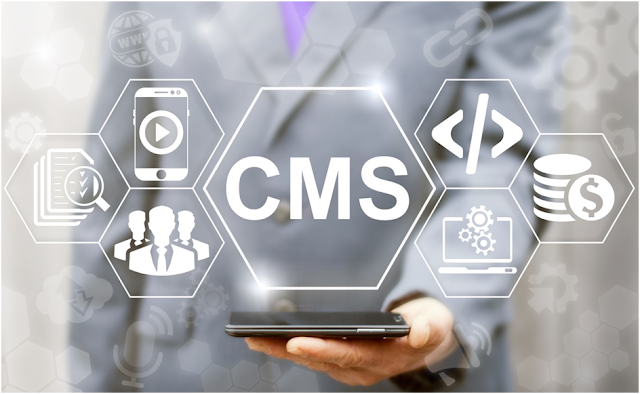You might be wondering what CMS architecture is and how it works. Wonder no more!
A CMS, or Content Management System,
is a platform that lets you manage the content on your website. This includes
creating and editing pages, adding images and videos, and managing user roles
and permissions.
A well-designed CMS can make website
management easy for non-technical users. You can focus on creating great
content instead of worrying about the nuts and bolts of website design and
operation.
Read on to find out more!
1.
CMS Architecture Isn’t Perfect
If you use a Content Management
System, it might not be able to handle everything you want to do with it. For
example, if your CMS does not support Flash content, there is no way around
this other than finding another CMS.
2.
There Are Different Types of Content Management Systems
Content Management Systems are
different in how they store data. Some use databases, while others use flat
files or XML, and you can choose which type you want for your website.
But most Content Management Systems
usually use either a database or XML for this purpose. Though it might sound
complicated, if you use sitecore helix
it can be made much simpler to install and integrate into your business.
3.
Many Content Management System Platforms Exist
Content Management System platforms
try to make it easier for you to choose the right CMS for your site or
business, and these Content Management Platforms normally have very different
Content Management Systems.
They all offer an online interface
so that the systems are easy to install and manage. This way there is no need
to download files or set up databases by hand.
This also makes switching CMS
platforms to another much easier as you don't have to worry about trying to
move your Content Management System from version A to B yourself and risking
your digital assets.
4.
A CMS Can Be Used as a Way of Delivering Raw Content
Content Management Systems are
normally used as a tool to let those with administrative access make changes
through an online interface rather than having those who need access download
and upload new files.
Content Management Systems, however,
can also be used as a way of delivering raw content for those you give
permission or passwords on the website.
This allows you to let them upload
pictures and other media without worrying them about which CMS they use. This
is usually done by giving users additional rights after logging in with their
user name and password.
This is especially useful when
setting up e-commerce CMS systems.
5.
Content Management Systems Change Over Time
Content Management Systems will eventually change and improve as time goes on. Content
Management Systems that don't evolve will eventually see themselves replaced by
Content Management Systems that do.
Content Management Systems need to
constantly change and adapt to the demands of their users or they'll slowly die
away simply because their developers aren't listening.
Integrating
CMS Into Your Business
If you are in the market for a new
Content Management System or are considering your options for website
architecture, be sure to keep these five points in mind. Any good CMS
architecture should provide an intuitive interface and easy-to-use tools.
This makes publishing and managing
content a breeze and additionally, it is important to find a system that can
grow with your business as you expand and add new features.
Want more articles like this? Check
out our blog!










